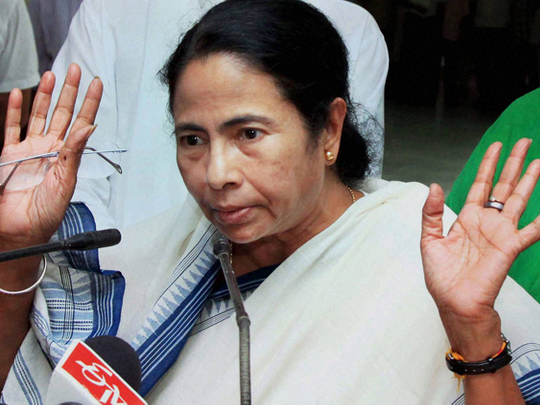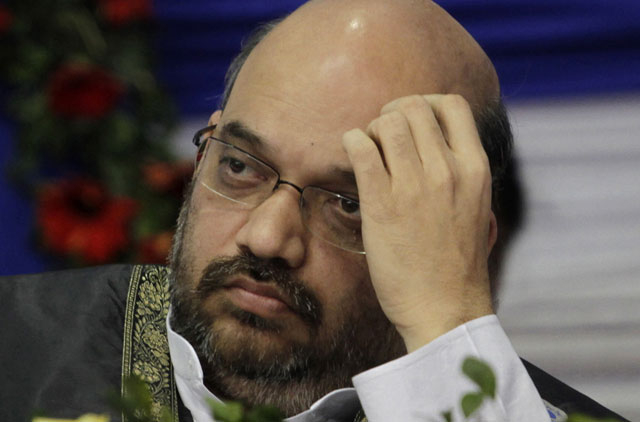
Mamata Banerjee
For West Bengal Chief Minister Mamata Banerjee, the Muslim voters in the stay have been the mainstay of her party Trinamool Congress’s (TMC) success as the hustings since the 2008 Panchayat (local self-government) elections in the state.
Muslims traditionally comprise a 27.5 per cent share of the total number of voters in the state.
Once this crucial electoral pie started shifting its allegiance away from the Left parties in 2008, the direct beneficiary of that very definitive, changing trend has been Mamata and the TMC.
One major reason for that is the fact that more than 50 per cent of this 27.5 per cent vote share that Muslims command in West Bengal is primarily in the rural, agrarian belt of the state.
With Mamata’s firebrand pro-agrarian politics in Singur and Nandigram from 2006-2009, against the then Left Front government’s somewhat draconian push for land acquisition for industrialisation and special economic zones, sent tremors down the Left’s agrarian voter base — turning ruling class absolutism on its head and swaying the Muslim ‘vote bank’ decisively away from the Left and towards TMC.
And Mamata knows it only too well that to remain in power, the support of this 27.5 per cent Muslim vote that her party enjoys currently at the hustings has to be retained and consolidated.
With the Communist Party of India-Marxist (CPM) and Congress also claiming to uphold secular credentials, any slide in the Muslim vote away from TMC and towards the Left and Congress can spell disaster for Mamata and her party. Critics claim that much of Mamata’s reported “minority appeasement” stems from an urgency to keep this danger at bay.
Amit Shah
For Bharatiya Janata Party (BJP) president Amit Shah, after a successful ‘Mission Assam’ down the banks of the Brahmaputra, it’s time to concentrate all his political acumen and energy on the banks of River Hooghly, so to speak!
During the party’s national executive meet in Odisha in April this year, Shah made his intentions crystal clear: West Bengal, Odisha and Tamil Nadu are now on the party’s radar — states where the saffron brigade has been a relative lightweight to the more entrenched regional entities — namely, the Trinamool Congress (TMC) in Bengal, Biju Janata Dal in Odisha and All India Anna Dravida Munnetra Kazhagam (AIADMK) in Tamil Nadu.
There is no denying the fact that any rise in communal tension in a state like West Bengal — with a 27.5 per cent Muslim vote, playing a decisive role in 95 of the state’s 294 assembly seats — is likely to see a consolidation of support along religious lines — a key beneficiary of which can be the BJP, as electoral arithmetic across India has proved time and again.
BJP has already emerged as the main opposition force in the state. The challenge for Shah now is to make political inroads into the hinterlands of Bengal, without having to cope with the bugbear of being a communal outfit. This is all the more important since organisationally, at the grass-roots level, the BJP is still in its infancy in the state. That is precisely the reason why Shah has stressed the importance of building up booth-wise teams of dedicated cadres.
Shah needs a catapult. To what extent Chief Minister Mamata Banerjee manages to deny him one is the moot point on which Bengal politics is set to whirl in the foreseeable future.













